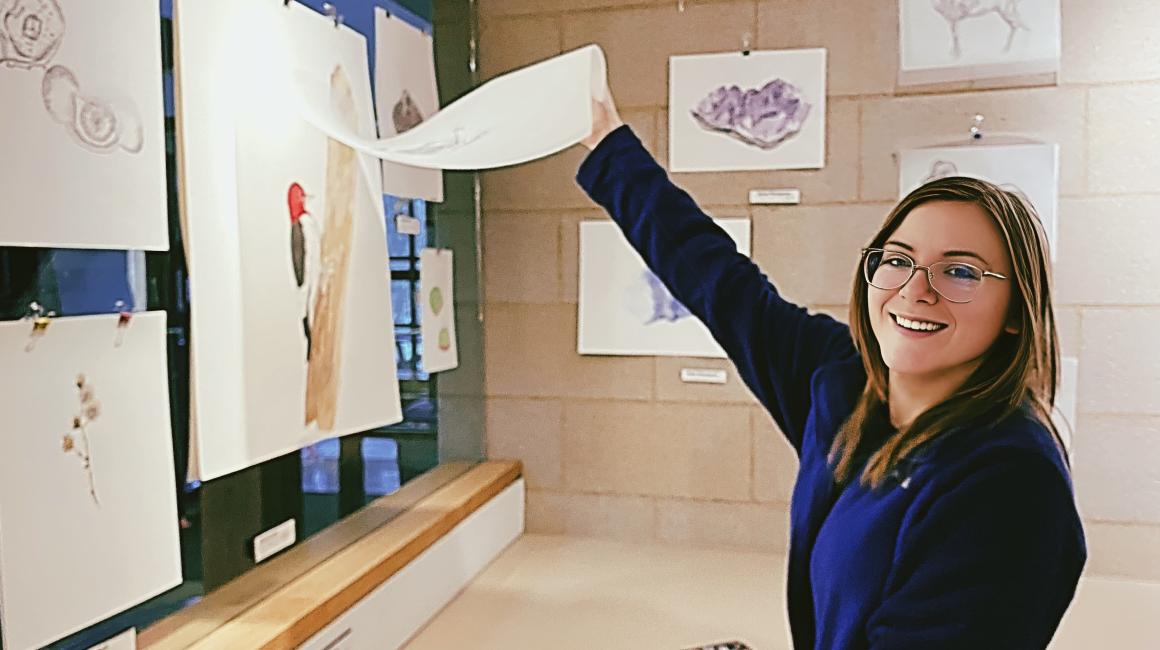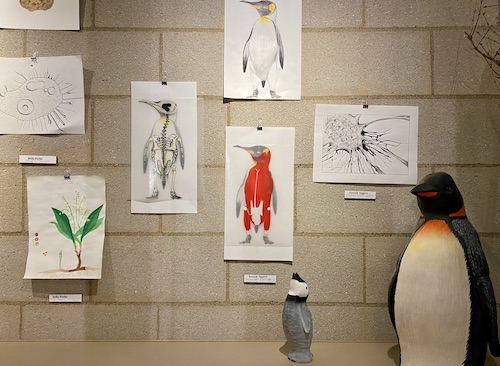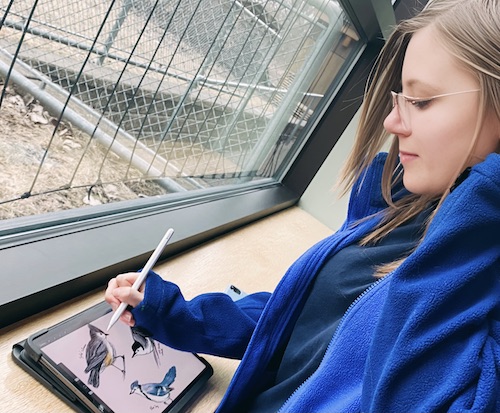
Dental students often take art classes, like calligraphy, for finger dexterity. Engineers and architects use illustration to visually highlight their projects to audiences. And studying art improves bedside manner — research found that medical students who study art are better able to interpret the emotional expressions on patients' faces.
“Art is a bridge to learning. These are just a few examples to show that you do not need to be an art major to benefit from studying art,” said Lecturer Madeleine Barkey, who teaches in the applied art/art history program. “Art also has a wellness component that will benefit you at work and at home. It gives us ways to express ourselves and alleviate stress.”
In short, art benefits everyone. And so does nature. Thinking about these two universally available mental health boosters, Barkey wanted to connect them to show students how closely aligned the two are.
To do this, Barkey created the course ART 327: Scientific Illustration. Students worked closely with subjects related to geology, biology and botany. For their last project, they created a layered anatomy of an animal.
“Students in the class majored in biomedical engineering, environmental science, psychology, pre-health disciplines and more,” Barkey said. “They didn’t all see themselves as art students and were concerned that they wouldn’t deliver. By the end of the course, they were amazed at the level of work they produced."






